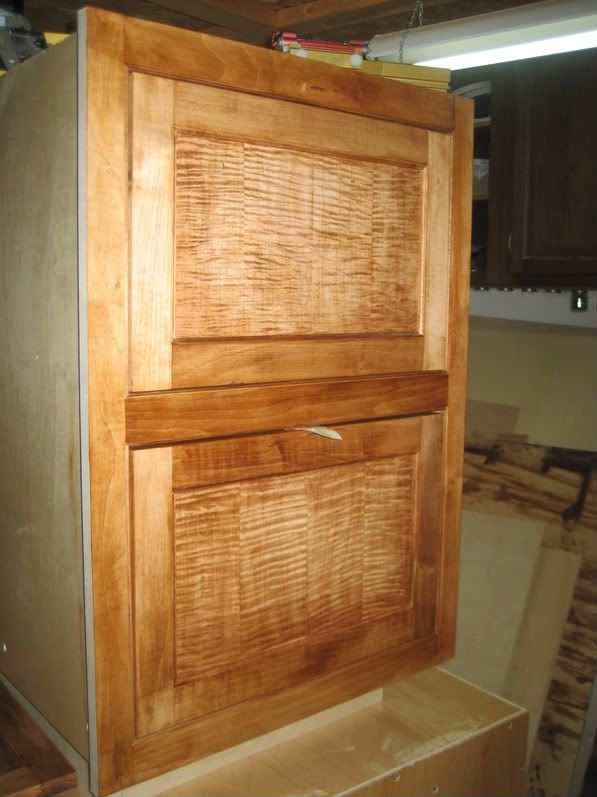Today I practiced beading and jack mitering some poplar for the upcoming laundry room cabinet project.
Let me tell you...this is going to be a hair pulling experience. Getting them exactly perfect to my eyes was not an easy task. I'm thinking it may actually be worth it to buy the chamfer bit and grind off the bearing post like Gary Katz and others advocate. Admittedly these will be painted, so there can be some fudge factor but I'd rather do it with the tablesaw. Norm makes it look so easy!
Anyway..just a vent post. Thanks for letting me whine!









 Reply With Quote
Reply With Quote












